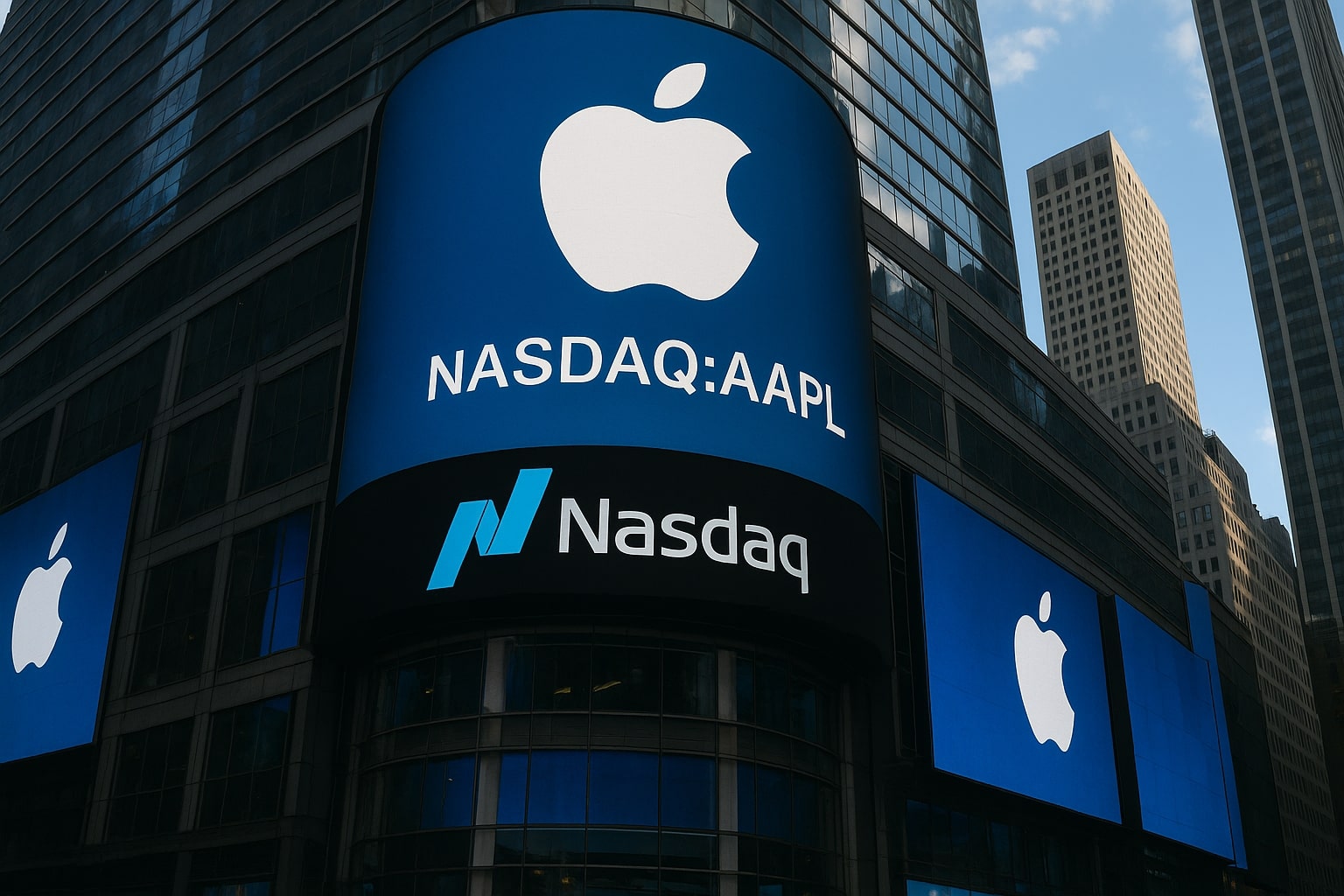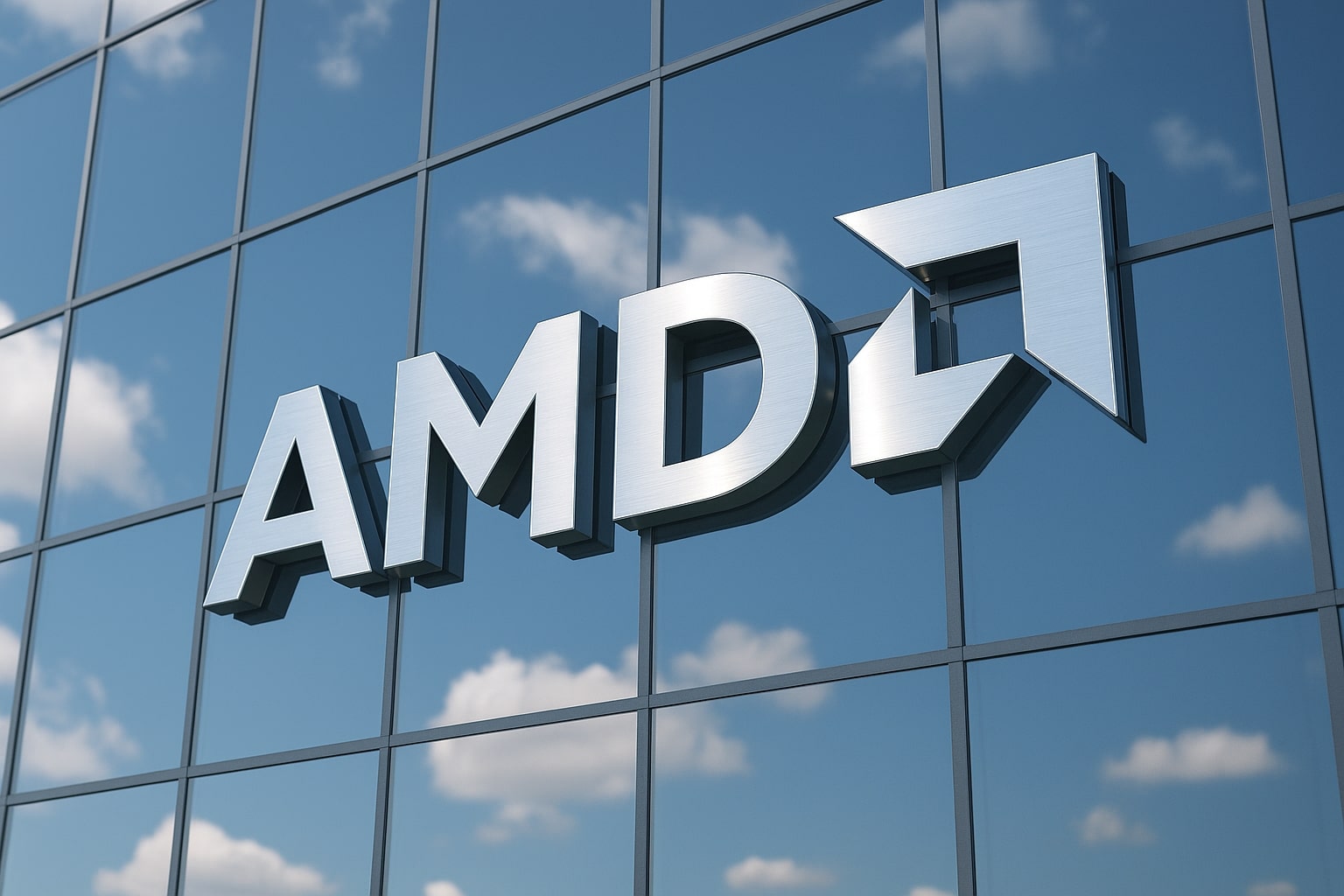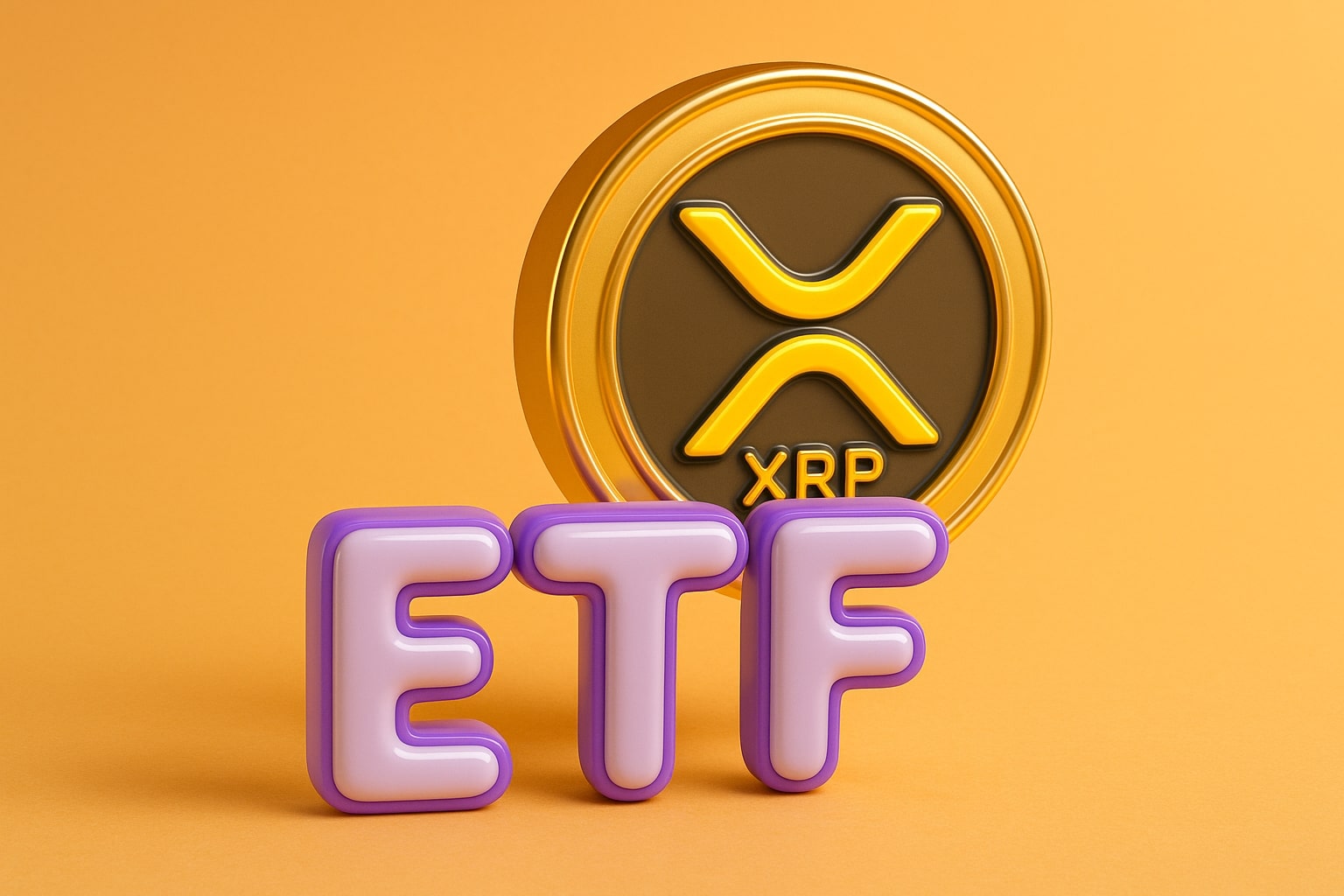
Apple Stock Price (NASDAQ:AAPL) Steadies at $232 as iPhone Momentum and AI Deals Build Growth Story
Revenue tops $408B with EPS at $6.58, cash flow $108B, and insiders holding 1.97% as Apple explores AI integration with Google’s Gemini to reignite demand | That's TradingNEWS
NASDAQ:AAPL Consolidates as AI Push and iPhone Momentum Shape Outlook
Apple Stock Holds Above $230 Amid Market Volatility
Apple Inc. (NASDAQ:AAPL) closed Friday at $232.14, slipping -0.18% on the day and trading in a narrow band between $231.37 and $233.36. Shares remain well off the 52-week high of $260.10 but comfortably above last year’s $169.21 low. With a market capitalization of $3.45 trillion and enterprise value of $3.50 trillion, Apple continues to anchor the Nasdaq as the world’s largest listed company. Average trading volume has thinned to 39.2 million shares compared with a three-month average of 54.4 million, suggesting investors are waiting on the October 30 earnings report before making directional bets.
Earnings Momentum Supports NASDAQ:AAPL Valuation
Apple reported Q2 EPS of $1.57, a sharp 10.1% beat versus the $1.43 consensus estimate, on revenues of $94.04 billion. Net income surged to $23.4 billion, driving trailing twelve-month profits to $99.3 billion. Revenue for the last twelve months stood at $408.6 billion, up 9.6% year-over-year. Gross profit hit $190.7 billion with a margin of 46.6%, while operating income reached $130.2 billion. Quarterly EPS growth accelerated 9.3% YoY, showing that Apple’s earnings power remains intact even as global smartphone demand cools. Analyst forecasts call for EPS of $1.76 in September quarter results and $2.46 for December, setting the stage for full-year EPS of $7.38 in 2025 and $7.94 in 2026.
Profitability and Cash Flow Keep Balance Sheet Resilient
Profit margin across the trailing year was 24.3% with operating margin at 30%, levels unmatched across mega-cap peers. Return on equity surged to 149.8%, highlighting Apple’s capital efficiency despite $101.7 billion in debt. Liquidity remains substantial with $55.4 billion in cash and annual operating cash flow of $108.6 billion. Levered free cash flow of $94.9 billion provides ample capacity to sustain dividends, buybacks, and heavy R&D into AI-driven initiatives. With a current ratio of just 0.87, Apple runs lean, but the predictable cash engine offsets liquidity concerns.
Valuation Metrics Stretch but Remain Defensible
At $232 per share, Apple trades on a trailing P/E of 35.3x and forward P/E of 29.1x, richer than the S&P 500 average of ~23x. Price-to-sales sits at 8.59x, while EV/EBITDA is 24.7x. While above peers, Apple’s growth and cash flow justify part of the premium. Analysts’ price targets range from $175 on the low end to $300 on the high end, with the consensus near $235. The PEG ratio at 2.10 suggests growth is slowing relative to valuation, but investors continue to reward Apple for resilience and ecosystem lock-in.
iPhone and Services Drive Revenue Mix
iPhone sales rebounded 13.5% YoY to $44.6 billion last quarter, outpacing consensus of $40.2 billion, underscoring stabilization after a weak 2024. China delivered $15.4 billion in revenue, narrowly ahead of expectations despite competitive pressure from Huawei and Xiaomi. The Services segment continues to scale from Apple TV+, iCloud, and the App Store, monetizing a 2.35 billion device installed base. With services gross margins near 70%, this division is increasingly the driver of Apple’s profitability.
NASDAQ:AAPL Insider Transactions and Institutional Flows
Institutional investors control 63.7% of shares, while insiders hold 1.97%. Insider transactions show periodic profit-taking but no significant structural selling. Short interest sits at just 0.86% of float, equivalent to 127.1 million shares, reflecting limited bearish conviction despite valuation risks. With an average daily volume exceeding 40 million, liquidity remains deep enough to absorb institutional repositioning without destabilizing the stock.
AI Integration and Strategic Partnerships
Apple’s delayed AI strategy is now accelerating, with discussions ongoing to embed Google’s Gemini into Siri for iPhone 17. This integration would align Apple with the AI push already seen from Samsung and Google Pixel, addressing investor concerns that Apple risks losing its innovation premium. Management has shifted AI oversight to Craig Federighi and Mike Rockwell after setbacks earlier in the year, underscoring urgency to close the competitive gap. A Gemini deal could immediately reinvigorate iPhone demand, especially in China where AI functionality has become a key differentiator.
Dividends, Buybacks, and Shareholder Returns
Apple continues to return capital aggressively, paying a forward annual dividend of $1.04 per share for a yield of 0.45%. The payout ratio remains modest at 15.3%, leaving room for growth. Buybacks have reduced diluted average shares outstanding from 16.8 billion in 2021 to 15.1 billion today, boosting EPS even in flat revenue years. With nearly $95 billion in free cash flow, shareholder returns remain a central part of the Apple equity story.
Growth Outlook and Forward Risks
Wall Street expects Apple to post $415.3 billion in revenue for 2025 and $435.5 billion in 2026, implying growth of 6.2% and 4.9% respectively. While modest relative to AI-driven peers, Apple’s installed base stability and services monetization remain strengths. Risks include macro headwinds, regulatory scrutiny on App Store practices, and potential missteps in AI execution. At the same time, a Fed rate-cut cycle into late 2025 could lift discretionary spending, supporting premium smartphone upgrades.
That's TradingNEWS
Read More
-
AMD Stock Price Forecast - AMD Shares Gains on $9.2B Q3 Surge
27.11.2025 · TradingNEWS ArchiveStocks
-
XRP ETFs (NASDAQ:XRPI, NASDAQ:XRPR) Cross $644M AUM as XRP-USD Climbs to $2.18
27.11.2025 · TradingNEWS ArchiveCrypto
-
Natural Gas Price (NG=F) Rises Toward $4.60 as Cold Weather and Record LNG Exports
27.11.2025 · TradingNEWS ArchiveCommodities
-
Stock Market Today - Dow 47,427 and Nasdaq 23,214 — Fed Cut Bets Power DELL, HOOD, and URBN in Holiday Rally
27.11.2025 · TradingNEWS ArchiveMarkets
-
USD/JPY Price Forecast - (Dollar–Yen) Steadies at 156.30 as Japan’s ¥21.3 Trillion Stimulus
27.11.2025 · TradingNEWS ArchiveForex


















